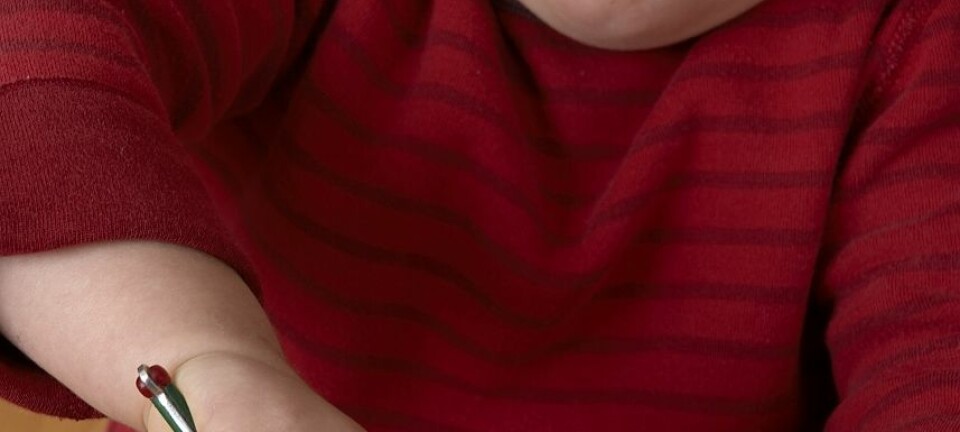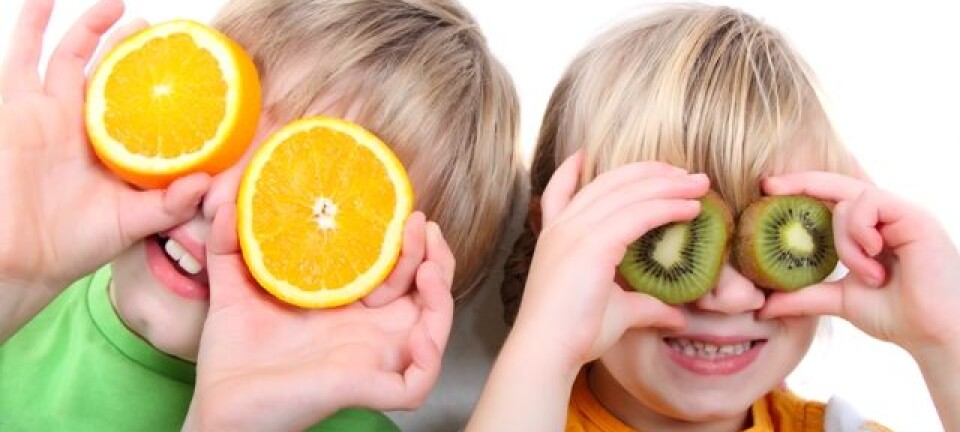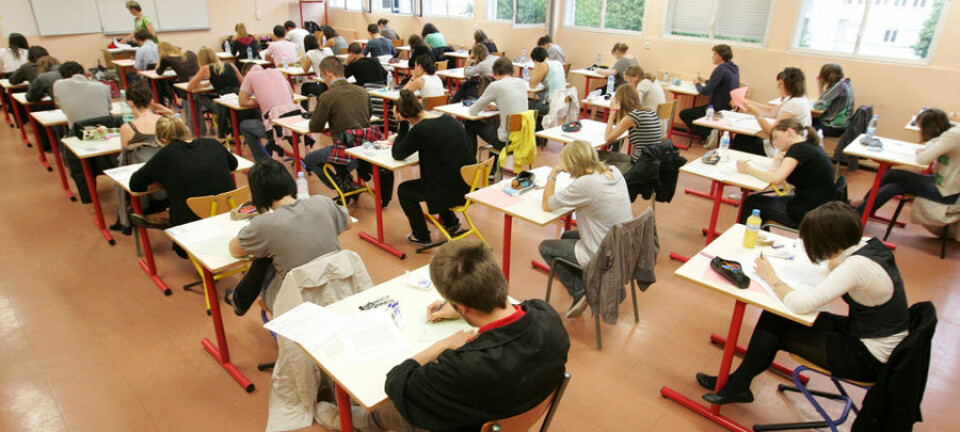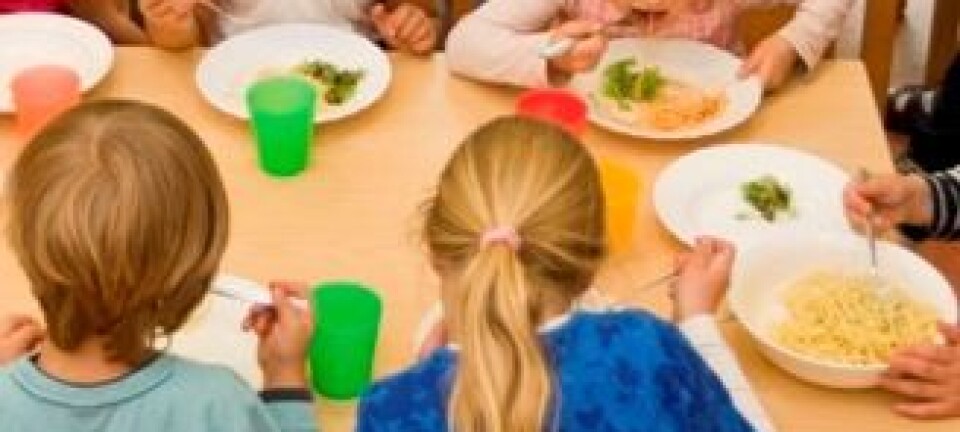An article from University of Oslo

Less time for meal breaks
Fewer and fewer pupils in Norwegian schools are given the 20-minute meal break recommended by the government.
Denne artikkelen er over ti år gammel og kan inneholde utdatert informasjon.
The packed lunch is still popular in primary schools in Norway, but the Directorate of Health’s objective that all pupils at primary and lower secondary school should have a minimum of 20 minutes to eat it, has not yet been achieved.
New figures show a small reduction in the time allocated for eating since 2006.
Children in year-levels 5, 6 and 7 have the least time to eat. In 2013 only 38 percent of these pupils were given at least 20 minutes, against 45 percent in 2006.
“This is a matter of concern," says Nanna Lien, professor of Nutrition at the University of Oslo (UiO).
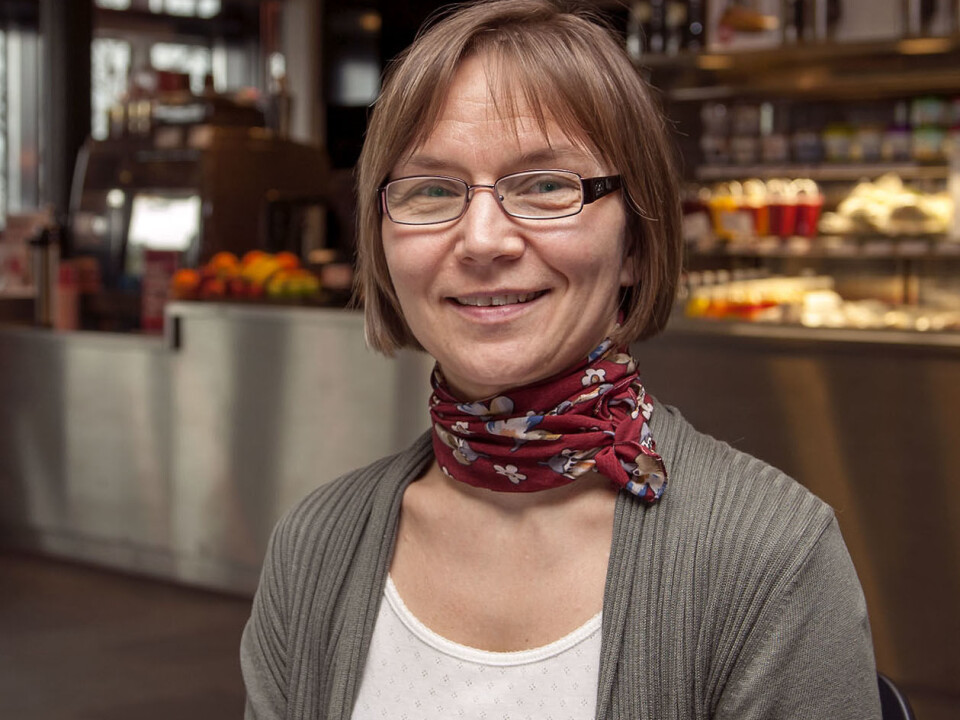
"It also appears that hand-washing is generally included in the time allocated for meal breaks, and this can take a bit of time – especially for the youngest pupils. It’s no simple matter to shepherd 25 to 30 children through hand-washing,” she explains.
Lien was project leader when, on assignment from the Directorate of Health, researchers at the Department of Nutrition at UiO conducted the nation-wide questionnaire survey among contact teachers, school administrators and school canteen and pantry employees last year.
The objectives of the study included surveying the degree to which the guidelines for school meals are being followed.
Supervised meal breaks
While the number of minutes available for eating are not always as many as might be desired, the survey shows that there has been an increase in the number of primary schools in which the pupils are fully supervised during meal breaks.
“This is a very positive finding,” says Lien.
“Having full supervision means that an adult, either a teacher or assistant, is present throughout the meal break. This is really important for the youngest pupils because it ensures peace and quiet and makes it easier to eat. The youngest ones are easily distracted, and without supervision they tend to do other things than what they should be doing.”
According to Lien, supervision is a key factor in ensuring that the children have a pleasant eating environment, both physically and socially.
“The meal break should be about more than just feeding,” she emphasizes.
More than nutrition
The typical meal setting in Norwegian schools is that children sit in the classroom and eat their packed lunches. They also fetch milk and fruit for themselves.
The adults present must ensure that they clear away and have peace and quiet while eating. This applies particularly to the youngest children, but the adults also gather the pupils together through shared activities and small talk.
“A good shared meal has a significant social value. It’s therefore desirable to prioritize healthy meals and a good setting in which to eat,” says Lien.
She thinks the importance of a well organized school lunch may go far beyond the nutritional aspect.
"It’s an arena for learning where children experience how to eat a meal."
"In addition, meal breaks are an important arena for children’s social development.”
The school as a norm setter
Lien herself believes that the Norwegian schools are largely following the guidelines for school meals.
Both lighter milk varieties and fruit are on offer, and all children have access to drinking water.
“The challenge is to create the conditions for a pleasant meal setting, as well as good communication with the home about what a packed lunch should contain,” she points out.
The latter is important in the sense that lack of communication and information can lead to social inequalities among children.
“However, I fully respect that this is a topic that’s difficult for teachers and the school to become involved in, and the guidelines say little about how the school should get the parents on board,” says Lien.
To the question of whether it is the school or the parents who are responsible for ensuring that children and young people in Norway know the nature of healthy food and a good setting for meals, Lien’s reply is clear:
“Both parties."
"We know that society is facing great challenges with regard to diet and obesity. The role of the school as a norm setter and counterbalance to society is thus very important to the extent that it represents the state and the responsibility of the state in Norway for public health."
"At the same time, we won’t get very far unless we have the parents on board. There are few topics as personal as that of food,” she maintains.
Decreased knowledge
Despite the fact that the situation regarding food and the setting for meals is quite good in Norwegian schools, figures from the 2013 survey show that there has been a decrease in the number of schools that are familiar with the guidelines from the Directorate of Health.
Only just over half of the school administrators were familiar with the paragraph about meals in the Regulations on environmentally oriented health care in kindergartens and schools and the Directorate of Health’s Guidelines for school meals.
Knowledge of the guidelines has thereby decreased since the last survey in 2006.
"Without knowledge of the guidelines the path to achieving the desired situation may be longer," Lien predicts.
“Some lower secondary schools offer sugary drinks, for example, which they shouldn’t. What is offered by the canteens is generally good, but some of these also offer food products and drinks that do not belong in a school canteen.”
She thinks the reason why not all schools are familiar with the government guidelines is that there has been insufficient focus on this.
"The guidelines should be examined a little more closely at least once a year in view of the fact that new people are continually joining the school administration,” says Lien.







